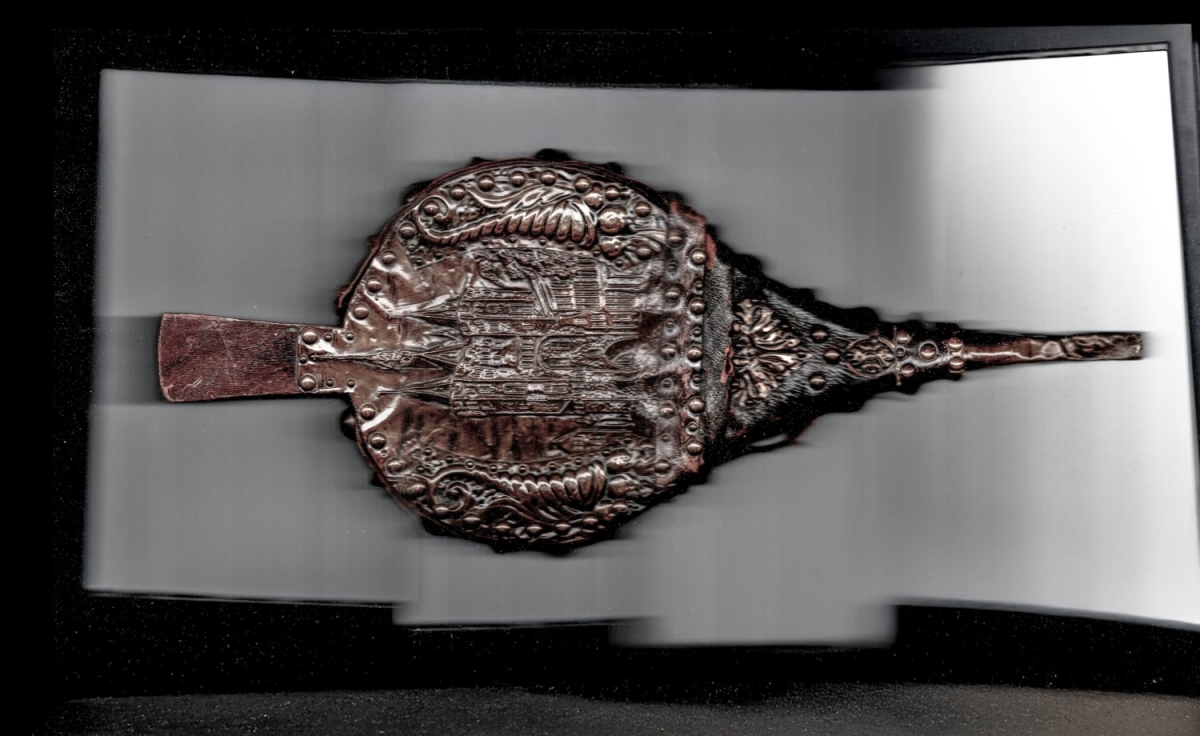Friedrich-Vordemberge-Stipendium 2025
Tues–Fri, 1–7 p.m. / Sat, 1–4 p.m.
Moritz Riesenbeck's work focusses on the reciprocal relationships between people and their surrounding architectural, social and emotional space. His exhibition ‘User (lean)’ at the artothek concentrates on the user-oriented development of products and the conditions under which they are manufactured. Lean describes, for example, a process that is currently often used in the development of work processes and for product improvement, but it also refers to the use of easily accessible medical drugs in youth culture to numb and distance oneself from everyday (professional) problems.
At the artothek, the artist has developed a completely analogue exhibition around two large disused bellows. These ancient devices originate from blacksmith workshops of the early industrialisation period, are almost as large as the people who operated them, and bear the traces of their work on the leather and wooden surfaces of their bodies. In contrast to the very simple but functional construction of the bellows, they are activated by a digitally controlled hydraulic mechanism, taking a deep breath at long intervals and relaxing as they exhale. Despite their technical nature, they thus acquire something being-like and are aged and exhausted by labour and their working environment. The combination of several layers of time in the objects – the beginnings of industrialisation, hydraulics and digital control – provokes the question of ‘what next?’. What role will physical forms of existence be playing in the future?
Decorative flourishes and pictorial elements made from metal embossed ornamental elements are often found on bellows. Moritz Riesenbeck replaces these with an engraving based on Francisco Goya's etching ‘Sopla’ (English: blow), in which a child's body, repurposed as a bellows, is supposed to fan a fire in a group of emaciated figures, thus referencing Goya's critical position on his times.
